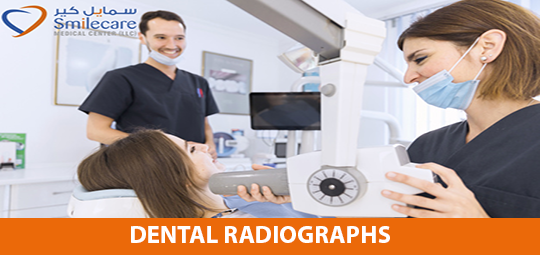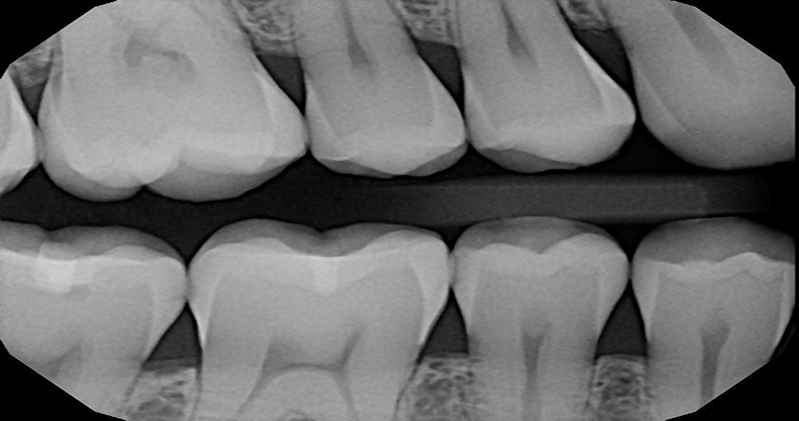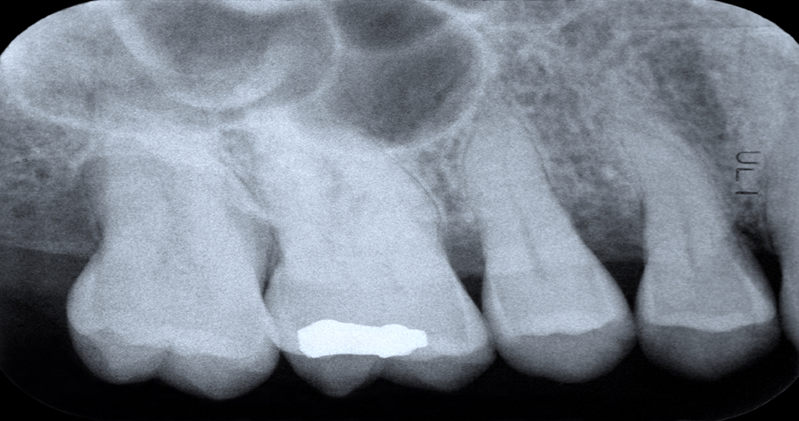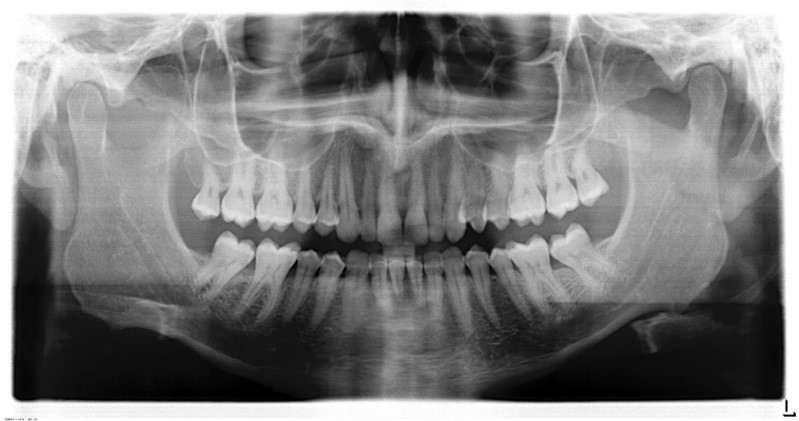
Radiographs can be broadly divided into two categories.
- Analogue x-ray- which is film based
And
- Digital x-ray.
While digital radiography is more common to see in hospitals. However, if we are to compare the two, there are quite a few benefits to digital radiography, specifically for a dentist’s office:
Less radiation needed to produce the same quality image as film (digital X-rays gives 70% less exposure to radiation than conventional X-rays).
The image is immediately processed and available to view on a computer,
You can enhance the digital image (such as alter brightness and contrast) with a series of processing techniques.
X-rays are an essential part of any dental care treatment plan. They are diagnostic, but they can also be preventative, by helping a dentist diagnose potential oral care issues in a patient’s mouth before they become a major problem.
Dental X-rays are divided into two main categories, intraoral and extra oral.
Intraoral is an X-ray that is taken inside the mouth.
An extra oral X-ray is taken outside of the mouth.
Intraoral Radiographs
Intraoral X-rays are the most common type. They give a high level of detail. These X-rays allow dentists to:
- Find cavities
- Look at the tooth roots
- Check the health of the bony area around the tooth
- See the status of developing teeth
- Otherwise monitor good tooth health
The various types of intraoral X-rays show different aspects of the teeth:
Bite-wing X-rays

Dentists take one or two bite-wing X-rays on each side of the mouth. Each X-ray shows the upper and lower molars (back teeth) and bicuspids (teeth in front of the molars). These X-rays help dentists find decay between back teeth.
Periapical X-rays

Highlight only one or two teeth at a time. A periapical X-ray looks similar to a bite-wing X-ray. However, it shows the entire length of each tooth, from crown to root.
Occlusal X-rays
Are larger than most X-rays. They highlight tooth development and placement in children. Each X-ray shows nearly the full arch of teeth in either the upper or lower jaw
Extra oral Radiographs
Extra oral X-rays are made with the film outside the mouth. These can be considered the “big picture” X-rays. They show teeth, but they also provide information on the jaw and skull. Extra oral radiographs are used to:
- Keep track of growth and development
- Look at the status of impacted teeth
- Examine the relationships between teeth and jaws
- Examine the bones of the face
Panoramic X-rays

Show the entire mouth on a single X-ray. They include all teeth on both upper and lower jaws. This type of X-ray requires a special machine. Because the machine moves in a set path, you have to be positioned carefully. Devices attached to the X-ray machine hold your head and jaw in place. All this may look and feel intimidating, but the process is very safe. It often uses less radiation than intraoral X-rays
Cephalometric projections are X-rays taken of the entire side of the head. They are used to look at the teeth in relation to the jaw and the person’s profile. Orthodontists (Doctor for Braces) use cephalometric projections to determine the best type of orthodontic treatment.
Cone-beam computed tomography (CT) provides three-dimensional images. You stand or sit while the machine rotates around your head. The cone-beam CT is particularly useful for dental implant selection and placement.
At Smilecare medical center, we offer our patients the convenience of digital X-rays including panoramic and cephalometric on a walk-in basis with no appointment necessary. For more information visit our website www.smilecaredubai.com or contact us on +971 4 2855066.

